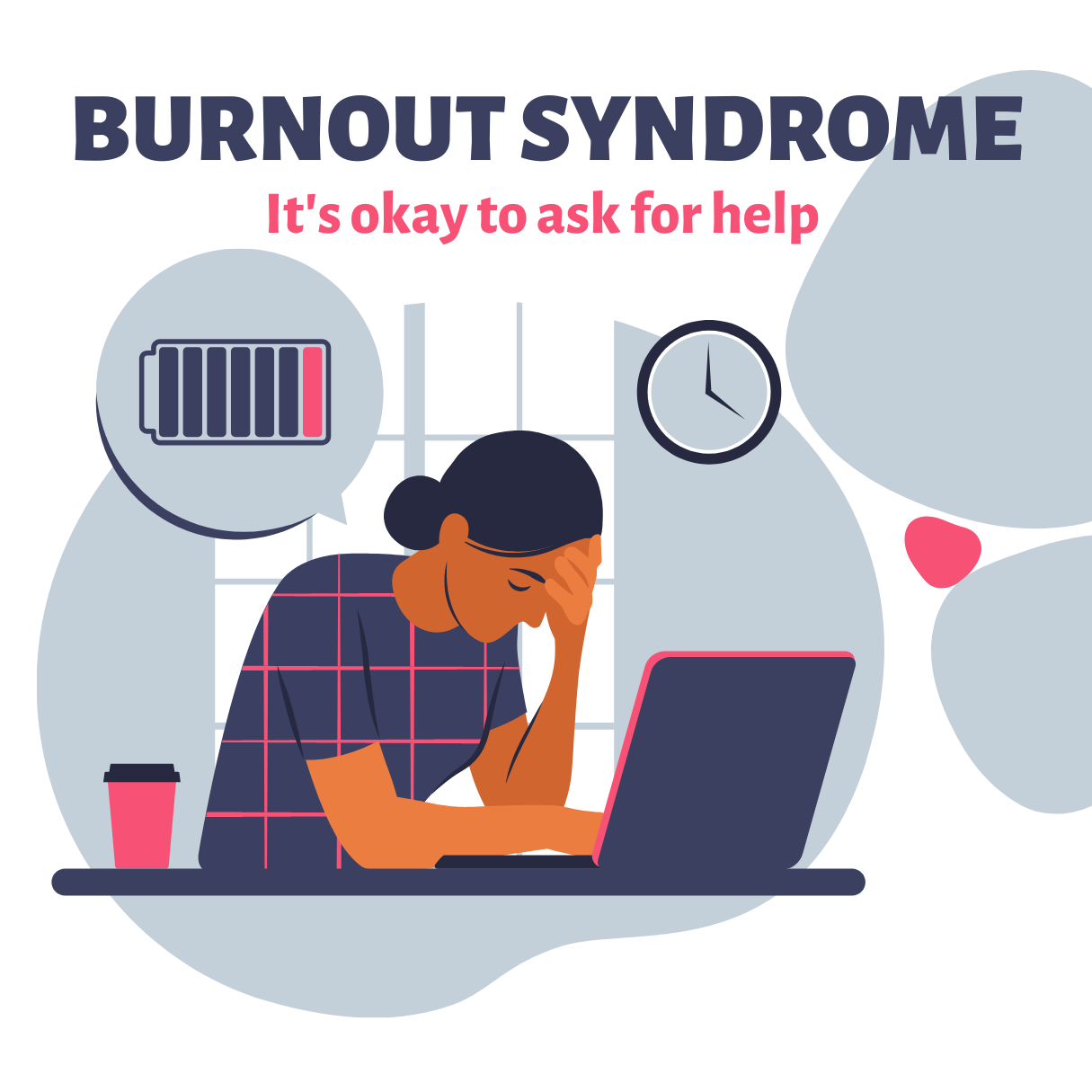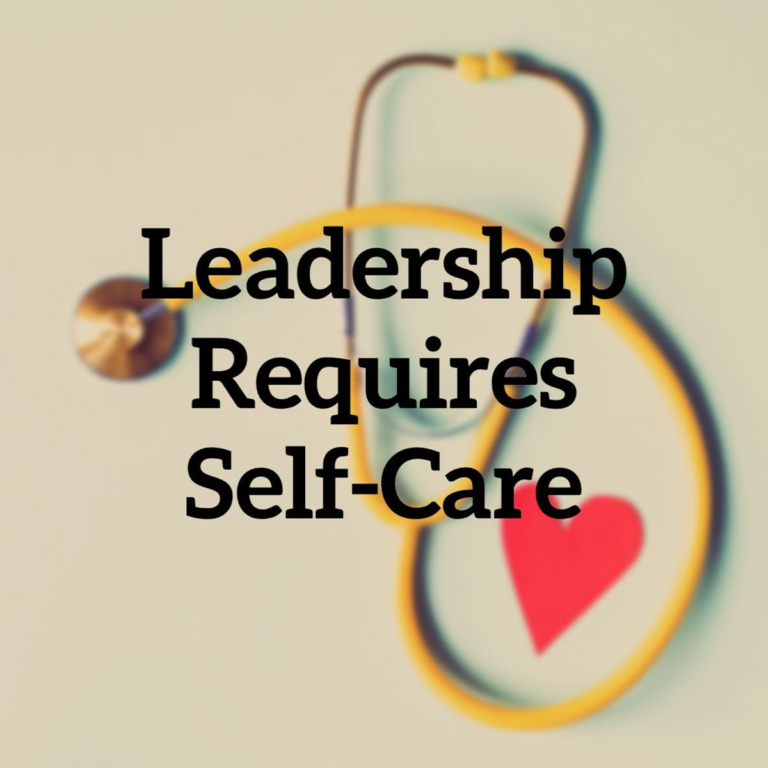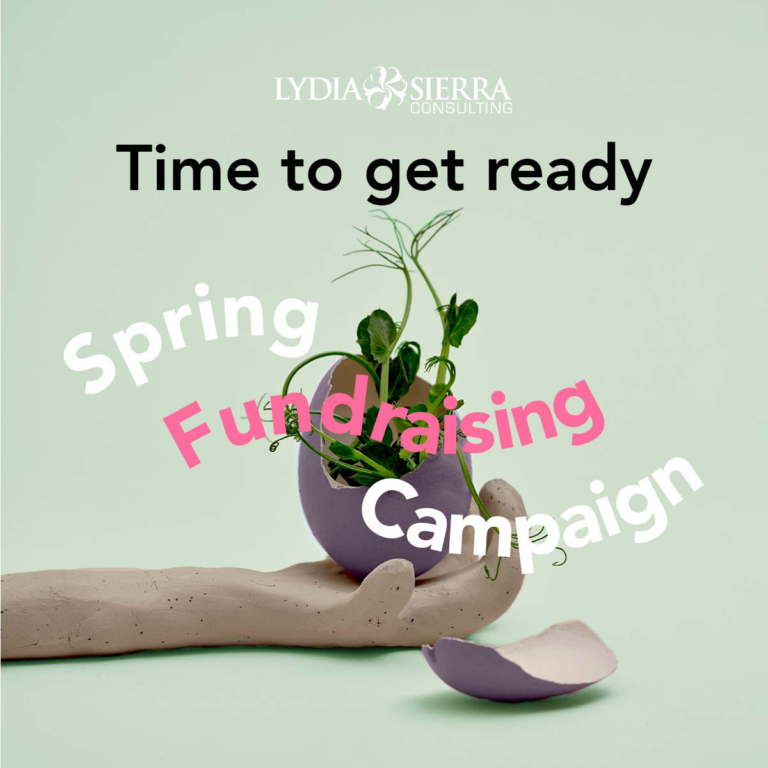Stress and burnout are related but not the same. Here’s how to tell the difference and take action.
Several years ago, a direct report turned to me in a meeting and asked a simple question: “Are you burned out?” In the context of our conversation, it felt like an ageist insult from a millennial. When she said “burned out,” I heard “played out.”
I didn’t know much about burnout back then, even though I swore I didn’t have it. I had heard the term used colloquially to express everything from annoyance with management to desperately needing a vacation. So, in my mind, burnout was a complaint, a made-up diagnosis more than an actual condition.
I learned later that burnout was not only a real threat to a person’s well-being but that I was showing the classic signs. Now a Stress and Burnout Coach, the number one question people ask me is, “How do I know if I’m burnt out?”
SOME BACKGROUND ON BURNOUT
The German-born psychologist Herbert Freudenberger (1926–1999) is credited with bringing the concept of burnout to public attention in the early 1970s. Like other doctors and nurses he worked with, he was experiencing symptoms he couldn’t quite explain. “He would speak into a tape recorder for an hour or two, and then he’d take a little break,” his daughter told NPR. “He’d then analyze himself as if he was his own doctor.”
Freudenberger called his illness burnout, describing it as “a debilitating psychological condition brought about by unrelieved work stress.” In 1980, he and Geraldine Richelson published, Burn-out: The High Cost of High Achievement. Five years later, he and Gail North co-authored a book addressing women’s high susceptibility to burnout.
These days, burnout is everywhere. In 2019, the World Health Organization (WHO) declared burnout a legitimate “occupational phenomenon” (not a medical condition), with about half of all working people experiencing it. By some accounts, the COVID-19 pandemic pushed that number to a whopping 70 to 90 percent.
The WHO defines burnout as “a syndrome conceptualized as resulting from chronic workplace stress that has not been successfully managed.” They add that burnout “should not be applied to describe experiences in other areas of life.” But given how work-life boundaries have broken down these past few years and continue to blur with technological advancements, this note feels out of step with the times. I would argue that racialized trauma, which we can experience within and outside the workplace, also contributes to burnout.
HEED THE WARNING SIGNS
You’ve probably heard people discuss stress and burnout interchangeably. While connected, they’re not the same.
Stress is a response to a specific demand or pressure. In contrast, burnout is a state of chronic stress that leads to complete physical and emotional exhaustion, cynicism about or detachment from one’s job, and a sense of ineffectiveness or lack of accomplishment.
Symptoms of stress may include anxiety, irritability, and difficulty sleeping, whereas burnout may consist of all the above, plus fatigue, apathy, and feelings of hopelessness. Burnout shows up differently for everyone and spans a spectrum of experiences, affecting your ability to perform well in both your job and personal life.
According to the folks at Calmer, burnout evolves over five stages, from the Honeymoon Phase—characterized by high job satisfaction, commitment, energy, and creativity—to Habitual Burnout—when “the symptoms of burnout are so embedded in your life that you are likely to experience a significant ongoing mental, physical or emotional problem.” While these stages can help you trace burnout’s progression, knowing the stage you’re in won’t help much. You could be at stage five before realizing something is wrong or deciding to do something about it.
THE ROAD TO RECOVERY
In a world where we can instantly access the people and products we want, everyone wants a quick fix for the things that ail them. However, there is no quick fix or universal series of steps to recover from burnout or prevent it. Everyone has a different burnout profile. If it took your friend two months to bounce back, it might take you a year, depending on your circumstances and resources. We are all different and shouldn’t expect our healing journeys to look the same. That said, here are three things to keep top of mind:
1. Change starts with reflection.
It’s difficult to make sustainable change when we’re too stressed or exhausted to see what’s happening in our lives. To paraphrase bell hooks, burnout keeps us hidden from ourselves. If you suspect you’re burning out, take some time to reflect on your stressors. Could it be a heavy workload? Unclear performance expectations? A tendency to over-commit yourself? A lack of social support? Coaching sessions provide time and space for the kind of deep self-reflection necessary to understand the root cause of burnout and determine your course of action.
2. Your support system is everything.
Having a solid support system is paramount to recovering from burnout. For some folks, friends or family can provide the necessary understanding, empathy, and encouragement to regain balance. Others may prefer support from a coach, therapist, energy healer, or online community to express feelings, share experiences, and receive guidance. The strength of a support system is that it not only provides different perspectives and coping strategies but reminds us we’re not alone on the path to healing and renewed purpose.
3. Talk with a doctor just to be safe.
Many symptoms associated with stress and burnout, such as low energy, joint/limb pain, headaches, hair loss, and digestive issues, could be signs of other conditions. Talk with a doctor to rule out underlying issues requiring professional medical attention.
Nicole J. Caruth is a certified Stress & Burnout Coach and the owner of Hustle Well, LLC, where she focuses on helping changemakers of color. This post originally published on her blog. Also a writer, she covers stories about race, health, and culture. She joined Lydia Sierra Consulting as a Proposal Writer in 2022.







